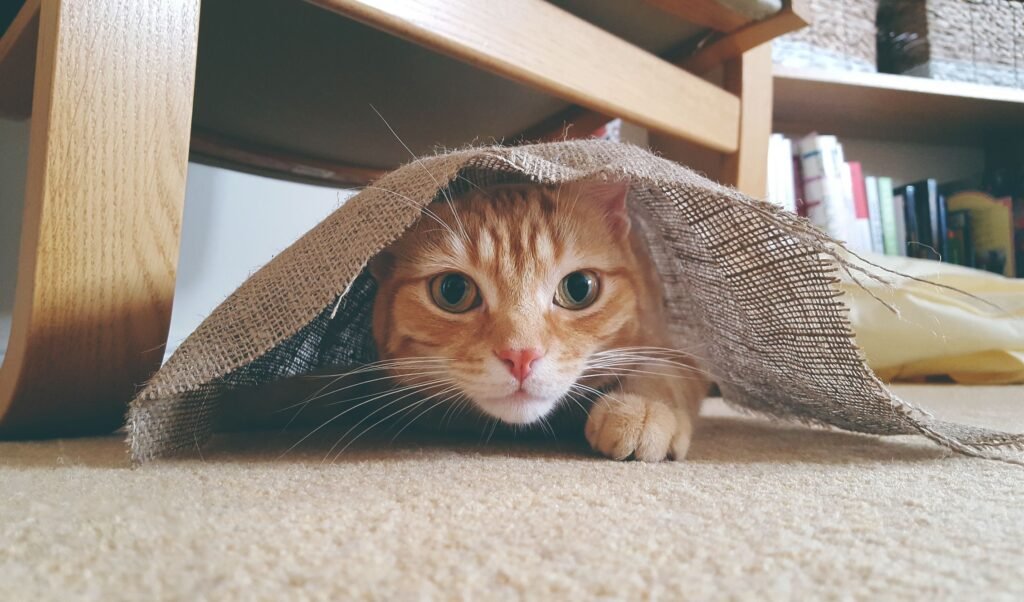Welcome to the wonderful world of cat care,
where the art of nurturing your furry friend is both a joy and a responsibility.
As any cat owner knows,
these independent yet affectionate creatures enrich our lives in countless ways.

Whether you’re a seasoned cat parent
or considering bringing a feline companion into your home,
this guide will provide you with essential tips
and insights to ensure your cat thrives under your care.
Understanding Your Feline Companion
Cats are fascinating creatures with unique personalities and behaviors.
Understanding their needs and preferences is essential for providing optimal care.
From their love of lounging in sunny spots to their instinctual hunting behaviors,
each aspect of a cat’s nature informs how we care for them.
Creating a Safe and Stimulating Environment
Just like humans, cats thrive in environments that are both safe and stimulating.
Ensure your home is equipped with cozy resting spots,
scratching posts, interactive toys, and vertical spaces for climbing.
This not only satisfies their natural instincts
but also prevents boredom and promotes physical and mental health.
Nutrition: Feeding Your Feline Friend
A balanced diet is crucial for your cat’s well-being.
Choose high-quality cat food that meets their nutritional needs
and avoid overfeeding to prevent obesity.
Additionally, provide fresh water at all times
and consider incorporating occasional treats into their diet for variety.

Grooming and Hygiene
Maintaining your cat’s grooming routine is essential for their health and comfort.
Regular brushing helps prevent mats and reduces shedding,
while nail trimming keeps their claws in check.
Remember to schedule regular visits to the veterinarian for vaccinations,
check-ups, and dental care to ensure your cat remains healthy and happy.
Understanding Feline Behavior
Cats communicate through body language, vocalizations, and behaviors.
Learning to interpret these cues allows you to better understand your cat’s needs and emotions.
From the subtle twitch of a tail to the comforting purr of contentment,
each signal provides valuable insight into your cat’s state of mind.
Building Trust and Bonding
Building a strong bond with your cat is a deeply rewarding experience.
Spend quality time together through play, cuddling, and gentle grooming sessions.
Respect their boundaries and allow them to initiate interactions on their terms,
fostering trust and mutual affection.
Addressing Common Health Issues
Despite our best efforts, cats may still experience health issues from time to time.
Stay vigilant for signs of illness or discomfort, such as changes in appetite,
litter box habits, or behavior.
Promptly consult with your veterinarian if you have any concerns
to ensure early diagnosis and treatment.
Enriching Your Cat’s Environment
Cats are natural explorers and hunters,
and providing opportunities for mental
and physical stimulation is vital for their well-being.
Consider introducing puzzle feeders, catnip toys,
and interactive play sessions to keep them engaged and entertained.
Socialization and Introducing New Pets
While cats are often perceived as solitary animals,
many thrive in multi-pet households with proper introductions and socialization.
Take gradual steps to introduce new pets to your cat,
providing separate spaces and positive reinforcement to promote harmony and acceptance.

Conclusion:
In conclusion, caring for a cat is truly an art form that requires patience,
understanding, and dedication.
By creating a safe, stimulating environment, providing nutritious meals,
attending to grooming needs, and nurturing a strong bond,
you can ensure your furry friend lives a happy and fulfilling life by your side.
FAQs:
Q1: How often should I groom my cat?
A1: The frequency of grooming depends on your cat’s breed,
coat length, and shedding patterns.
Generally, aim for a weekly brushing session to keep their coat healthy and tangle-free.
Q2: Is it necessary to trim my cat’s claws?
A2: Yes, regular nail trimming is essential to prevent overgrowth and potential injury.
Invest in quality nail clippers designed for cats
and establish a routine that works for both you and your cat.
Q3: What should I do if my cat stops using the litter box?
A3: Sudden changes in litter box habits may signal underlying health issues or stress.
Consult with your veterinarian to rule out any medical concerns
and consider environmental factors such as litter type, box cleanliness, and location.
Q4: How can I help my cat adjust to a new home?
A4: Moving to a new home can be stressful for cats.
Create a comfortable space with familiar belongings, provide plenty of hiding spots,
and gradually introduce them to their new surroundings to ease the transition.
Q5: What are some signs that my cat is happy and content?
A5: Happy cats often exhibit relaxed body language, including soft eyes,
a relaxed posture, and a gently flicking tail.
They may also purr, knead with their paws,
and seek out affectionate interactions with their humans.

